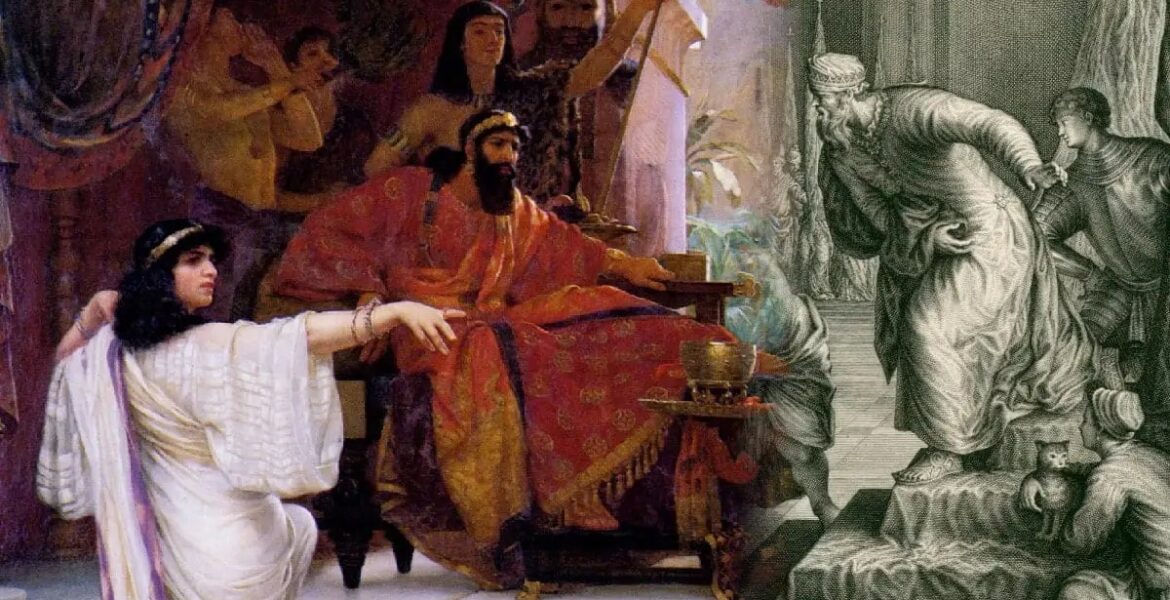King Xerxes was not the man we saw in the movie '300'. He was more bone-chilling in real life. A single affair with a woman made him kill his entire family. Here's his real story.
The real Persian King Xerxes had a beard and was much shorter. He never went to the front line at the Battle of Thermopylae as his character does in the movie 300.
Actor Rodrigo Santoro portrays the 9-foot-tall Xerxes in the film. Rodrigo, who starred on ABC's Lost, is around 6'2". His height and voice were both altered for the role of the Persian King. Director Zack Snyder talked about Xerxes' exaggerated features in an interview, "...because we scaled him as we did when his normal voice played, it was even stranger to me. He was out of scale of his voice, not that it wasn't commanding." The actor's actual voice is heard in the film, only with the pitch scaled down.

When the movie 300 reintroduced the story of the Battle of Thermopylae to modern consciousness, much debate raged over the accuracies and inaccuracies within it. For many, firmly on the side of inaccuracies was 300’s portrayal of the Persian king who marched his vast armies against Greece and forced the famous battle upon the Spartans in the first place. Was he a tyrant, interested only in riches and power? Or was there more to him than that? Here is the real story of King Xerxes I.

Ok, so there might be some things about King Xerxes I that have been lost in translation over the last 2,500 years, but at least we know his name, so that’s a start. Well, actually, we might know how his name is written in English, but most of us in The West have been mispronouncing it pretty badly for a while now.
Admittedly, there’ll be no surprises there for anyone with an Eastern name who’s ever ordered a coffee in a Starbucks. Anyway, while we say “Zerkzees” or similar, it should actually be pronounced something more like the modern-day Iranian name, Khashayar. So, let’s get it right from here on.
Hand-Me-Down Problems
Xerxes was named heir to his father’s kingdom around 486 BC. King Darius was in declining health and was forced to mount a campaign in Egypt to squash a rebellion. As dictated by Persian law, Darius had to both name an heir and prepare his own tomb before heading off to what - in all possibility - might be his grisly death.

Darius did as he was obliged before promptly dying of ill health without even leaving town. In October 486 BC, aged around 32 years old, plain old Xerxes became King Xerxes I. Overnight, the problem of the rebellion in Egypt fell on Xerxes' shoulders. Dutifully, he handled the rebellion and installed his brother, Achaemenes, as Governor of Egypt—a position Achaemenes held until the end of his life in 459 BC.
Hey, That’s My Throne!
Not everyone was happy when Xerxes was handed power by his father. In particular, Xerxes’ older brother Artabazenes felt he had been overlooked. As the eldest son, Artabazenes would normally have been first in line to succeed his father.
The article first appeared on Ancient Road.
READ MORE: Why Ancient Greek Philosophers are the greatest thinkers to have graced this earth.


